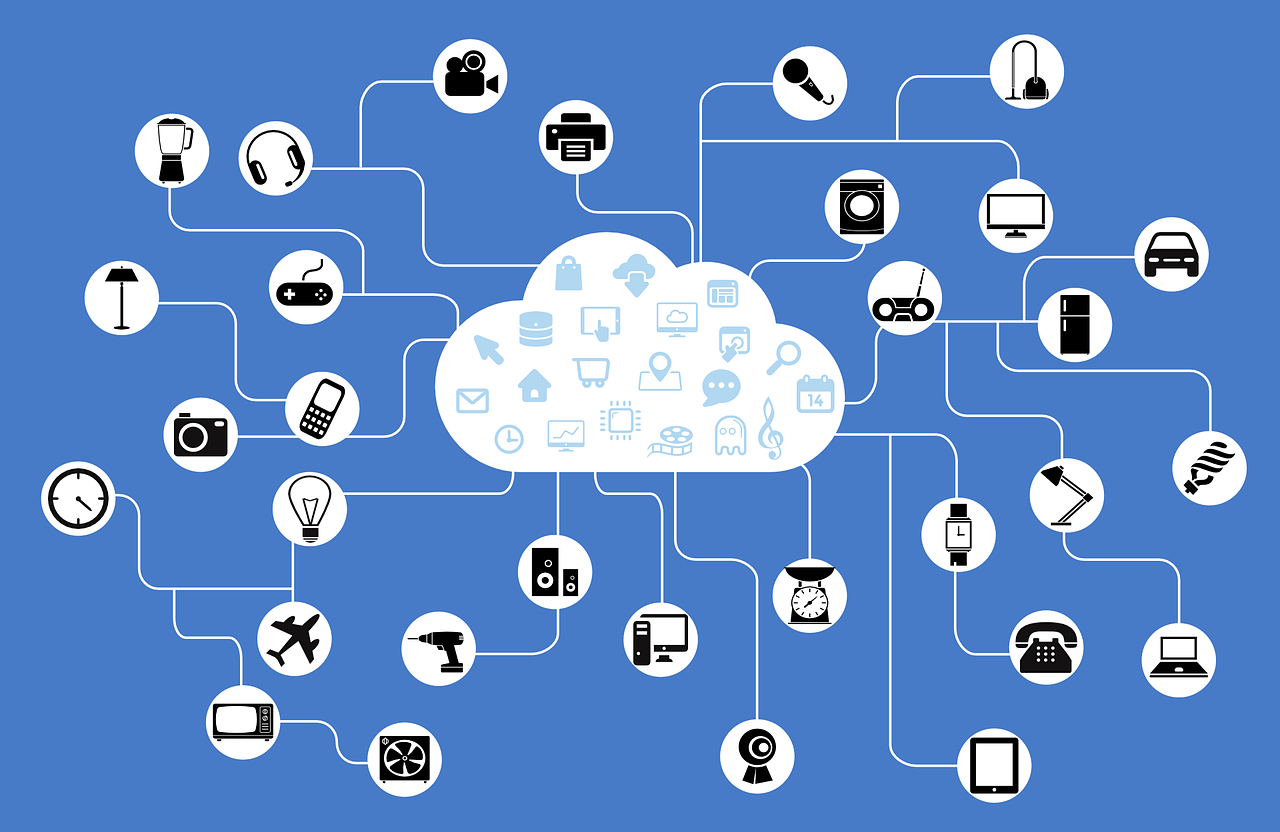Outsourcing IT Management: How Do They Stack Up?
In Australia, some business owners or managers outsource when they need assistance executing new projects. Outsourcing IT management and monitoring to a third-party provider allows them to increase their agility and overcome short-term capability deficiencies. If you decide to try IT outsourcing, you can choose between two different approaches: staff augmentation and managed IT solutions.
The Pros and Cons of Staff Augmentation
Staff augmentation simply means hiring qualified workers from outside the company to work alongside full-time employees. As a temporary strategy, this approach has a number of advantages over directly hiring new staff members. Its benefits include the following:
Decreased Staffing Costs
Full-time staff members require benefits such as health insurance, retirement plans, and more. With staff augmentation, businesses won’t have to pay for the typical costs of full-time employees while still getting the opportunity to work with IT specialists.
Flexibility
When IT emergencies or unexpected events occur, businesses will need workers with wide skill sets to fix problems or seize opportunities. Staff augmentation can help address staff shortages or seasonal fluctuations.
Low Impact
Staff augmentation lets you add or remove people almost anytime. They can come over and help complete necessary projects and then leave when the task is complete without disrupting your operation.
Despite the potential for reduced costs and flexibility, staff augmentation isn’t always the right or the best approach. This strategy is better suited to short-term projects that have a fixed timeline and a defined need.
Do you want to learn more about how IT security audit works? Book a free, no-commitment 60-minute consultation with a dork.
Do you want to learn more about how IT security audit works? Book a free, no-commitment 60-minute consultation with a dork.
Managed Services Providers
Organised Service Providers (MSPs) have emerged as crucial allies for numerous organisations in today’s digitally-driven landscape. Collaborating with these third-party specialists offers several key benefits:
- Support Services: MSPs provide comprehensive IT support, allowing businesses to concentrate on their core activities whilst ensuring smooth tech operations.
- Cloud Solutions: Leveraging the power of cloud, MSPs offer scalable services that can adapt to changing organisational needs.
- Cybersecurity: In an age where cyber threats are ever-looming, MSPs ensure robust cybersecurity measures are in place.
- Application Development & Maintenance: From creating bespoke software solutions to ensuring their optimum running, MSPs handle the full spectrum of application needs.
- Privacy Policy Guidance: With data regulations becoming stringent, MSPs assist in ensuring an organisation’s information handling is compliant.
- Infrastructure Transformation: MSPs bring about a transformation in IT infrastructure, integrating the latest in virtual technologies.
- Outsourcing Benefits: By entrusting specific IT functions to professional MSPs, organisations can tap into specialist knowledge without the overheads of an in-house team.
- In essence, making contact with a reputable managed service provider is not merely an outsourcing decision; it’s a strategic move that can significantly improve various facets of an organisation’s IT landscape.
Access to the latest technology doesn’t have to be expensive. Check out the Dollar IT Club for affordable hardware, software, and other business solutions.
The Pros and Cons of Managed IT Solutions
Managed IT solutions, also known as the traditional IT outsourcing approach, cate rto the needs of businesses with less training and internal maneuvering. The benefits of this approach include:
Accountability
With managed IT solutions, the external team assumes control over their part of a project. The third-party IT team also offers service-delivery commitments that aren’t typically found in staff augmentation.
Knowledge Sharing
During the course of a managed IT arrangement, the outsourcers will document and transfer the knowledge they’ve gained to the hiring firm. Comparatively, retrieving this knowledge from the augmented staff can be more difficult.
Defined Outcomes
Fundamentally, managed IT services is about providing the client with a defined outcome. A business can task a managed services provider to complete a project in a set amount of time at a definite rate.
Although managed IT solutions offer many benefits, they also come with risk, reliability, and management disadvantages. The key to ensuring that your projects will be completed accurately and on time is by working with trustworthy and experienced IT companies.
Access to the latest technology doesn’t have to be expensive. Check out the Dollar IT Club for affordable hardware, software, and other business solutions.
The Final Word
Whether you choose the staff augmentation approach or the managed IT services model, the completion of your projects will still depend on the company that you will choose. Outsource your IT system management to trustworthy professionals to have a secure network and be able to focus on your core business activities!











